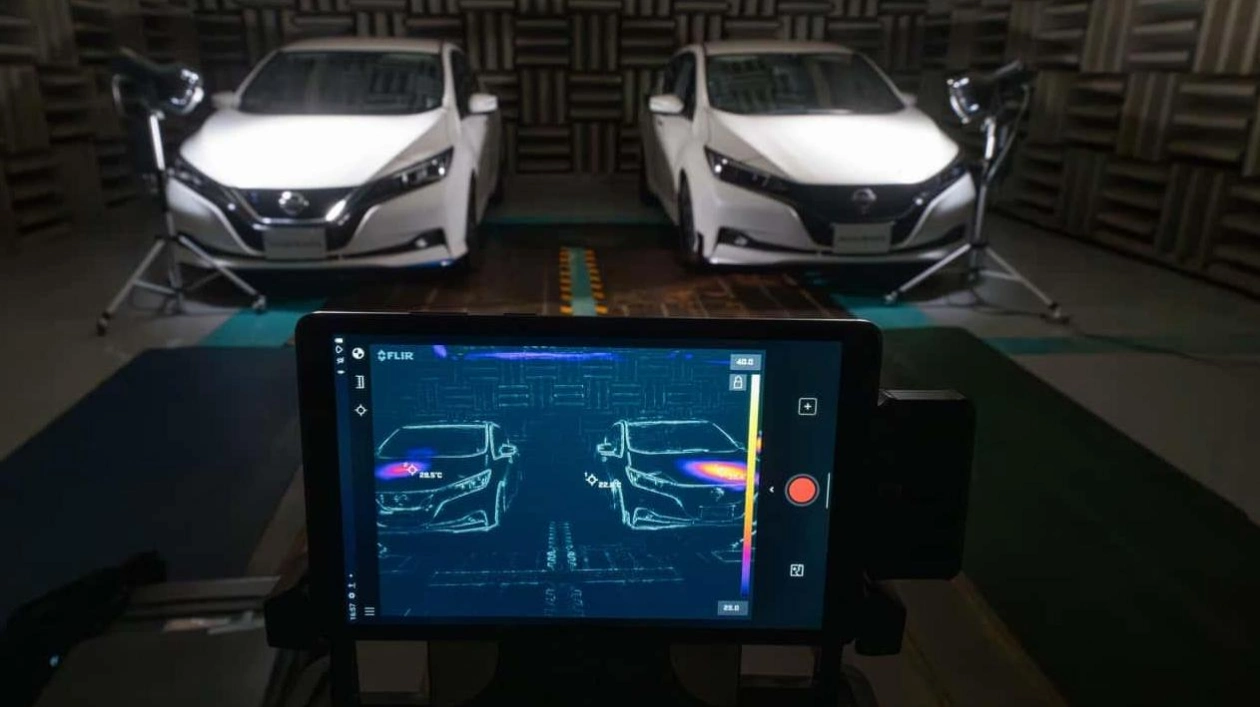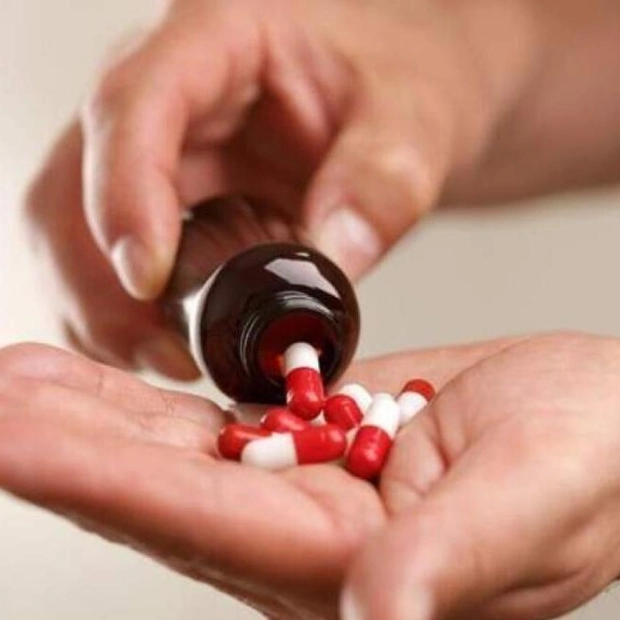If you believe there's an excessive amount of technology in cars, prepare to be amazed. Nissan is developing a novel exterior automotive paint that leverages electromagnetic waves to maintain both the surface and interior at cooler temperatures. Although it's currently in the testing stage, initial results are highly encouraging.
The automaker has partnered with Radi-Cool, a company renowned for its cooling products. Radiative paint, such as this, is not a novel idea—it has been employed on buildings for years to help keep interiors cooler. However, Nissan points out that these applications require a very thick paint, lacking the durability and shine of automotive finishes. Typically, it's applied using a roller. While roller painting cars has been observed, it's not the optimal method for applying color to vehicles.
This new formulation is intended for use with spray guns and is compatible with clear topcoats. Despite being six times thicker than a standard automotive finish, it contains two microstructure components that enhance its cooling capabilities. The first component is designed to reflect near-infrared rays, a common method for reducing heat. The second component is where the scientific innovation lies. It generates electromagnetic waves that not only reflect but also counteract the sun's rays, preventing heat transfer to other parts of the car.
Dr. Susumu Miura, the senior manager of this project, stated, "My aspiration is to create cooler cars without consuming energy. This is particularly crucial in the era of electric vehicles, where the load from air-conditioning in summer can significantly affect the state of charge." Nissan has not disclosed the specifics of the paint or how the electromagnetic waves are produced, but the results are quite evident. Comparisons indicate a 12-degree Celsius reduction in exterior surface temperature, with a 5-degree Celsius decrease in the interior.
So, when might you be able to order a new Z or Rogue with this "cool" paint job? Development continues, with Nissan aiming to make the paint thinner for easier application. If it reaches production, it will likely be available for special-order vehicles.






